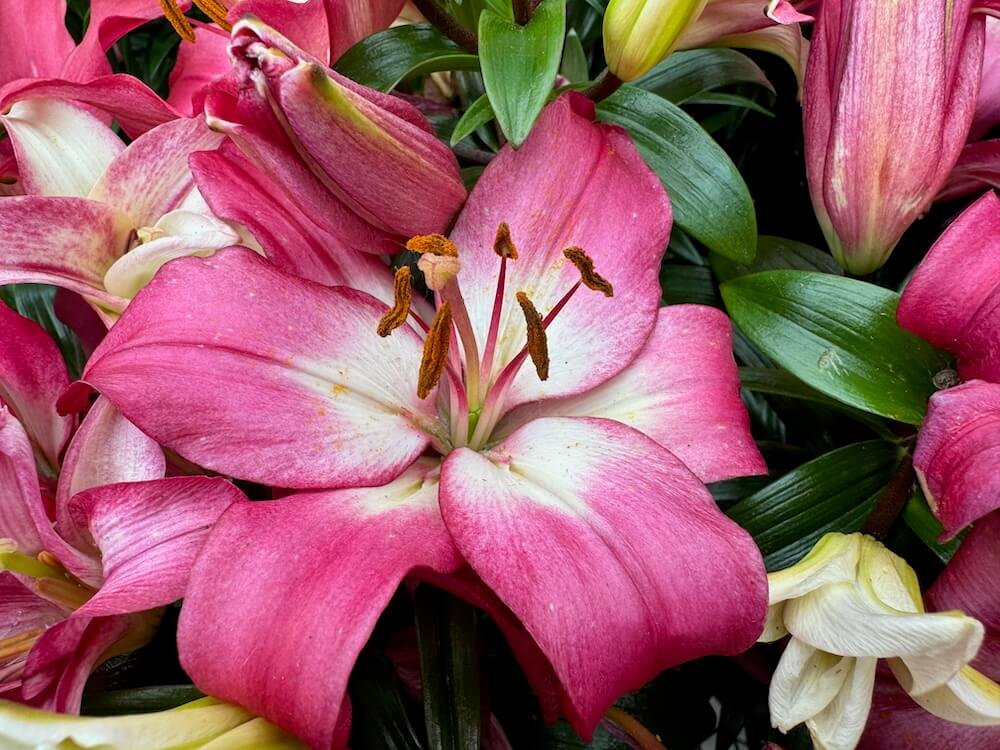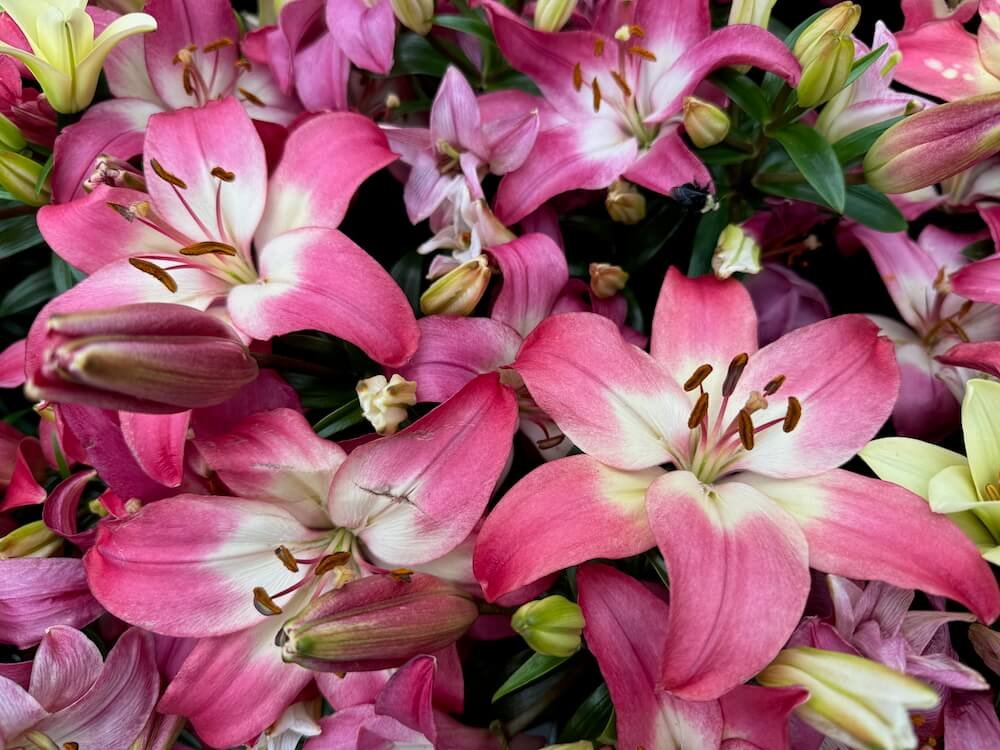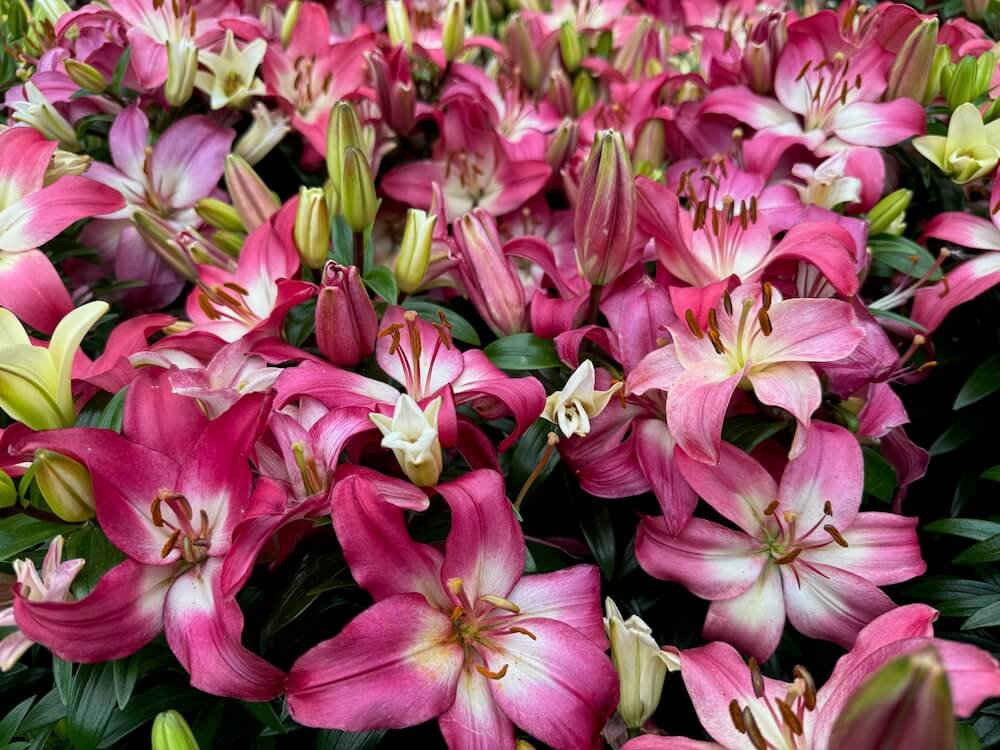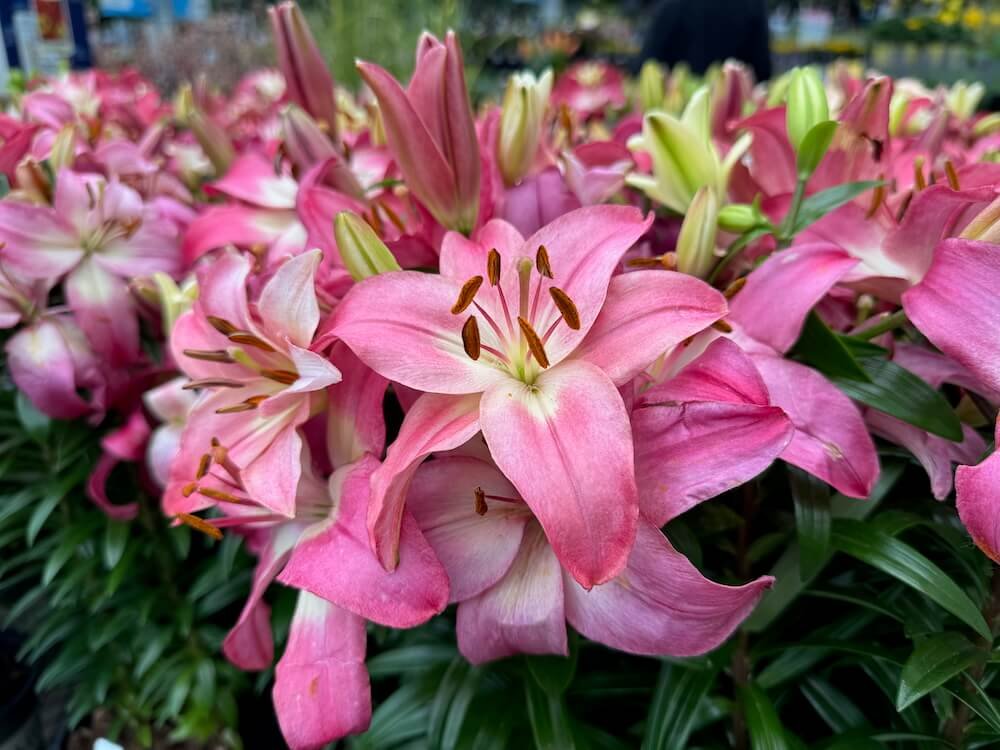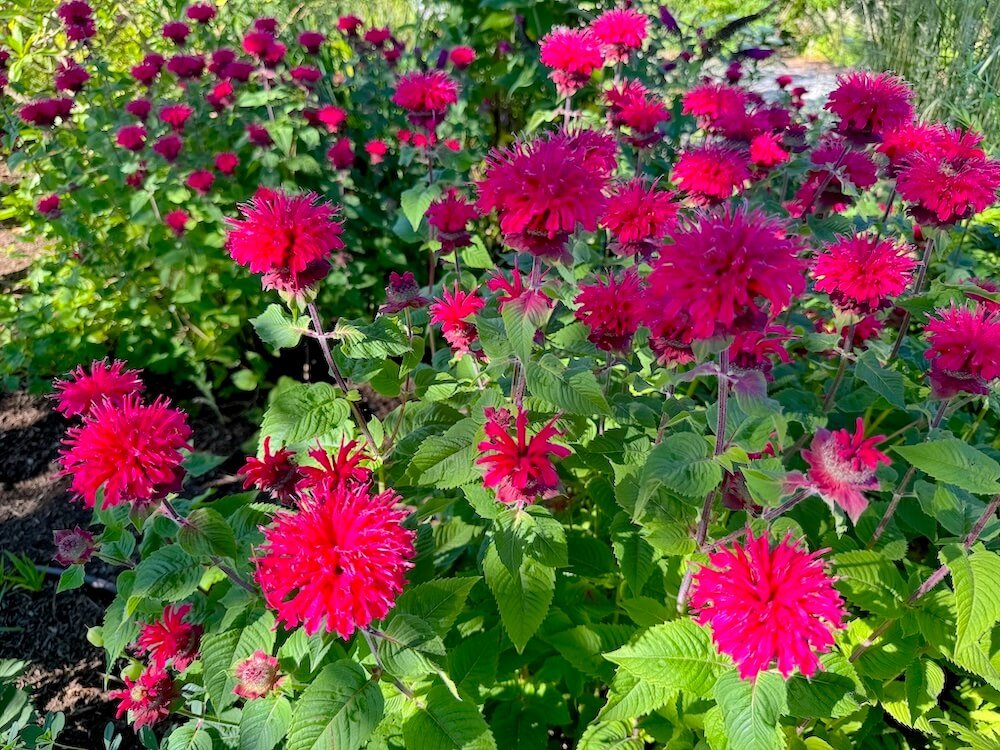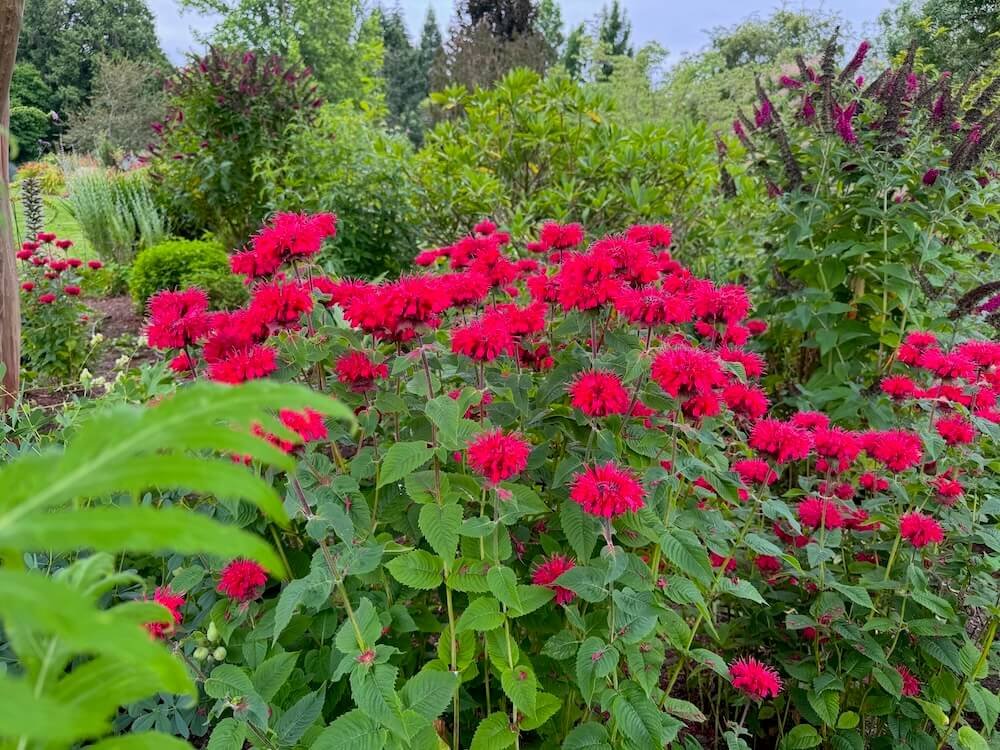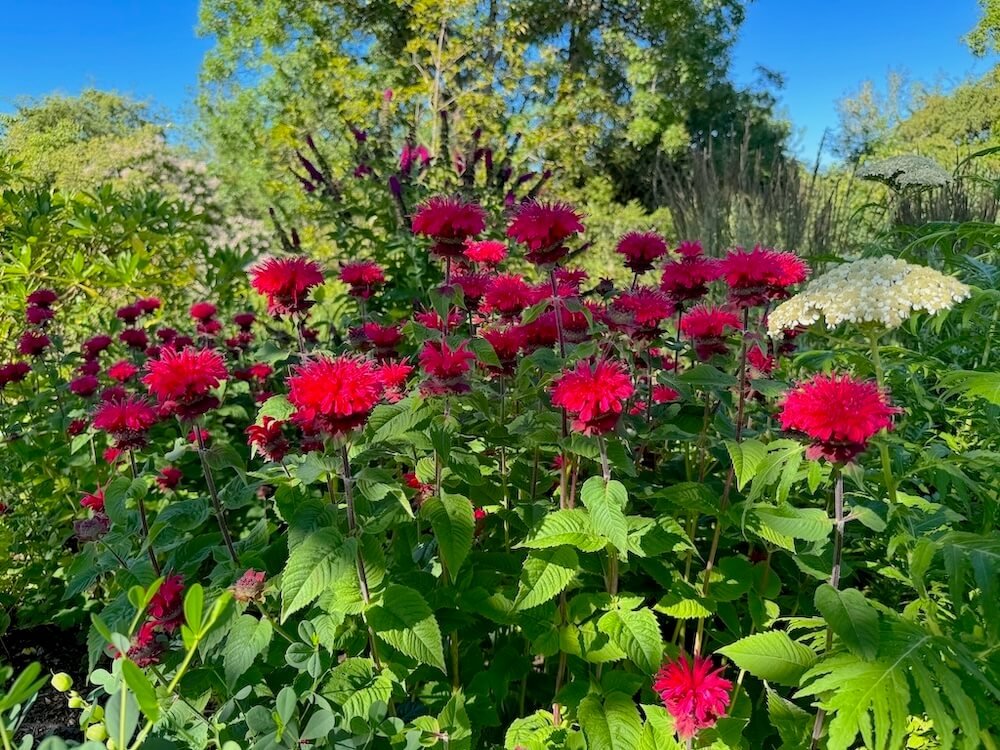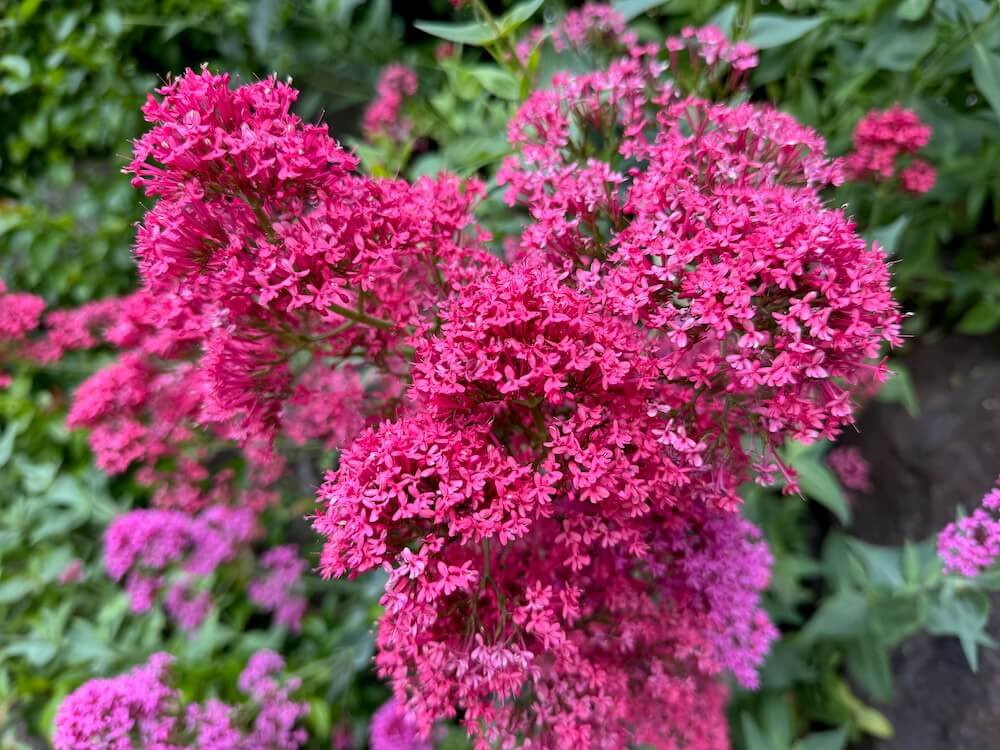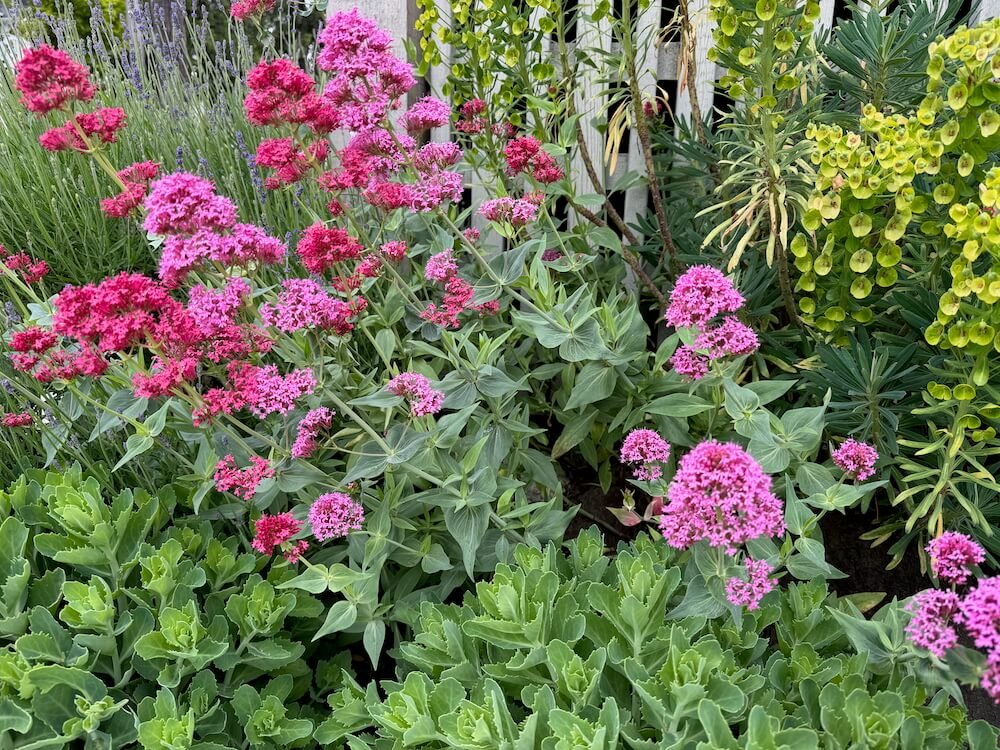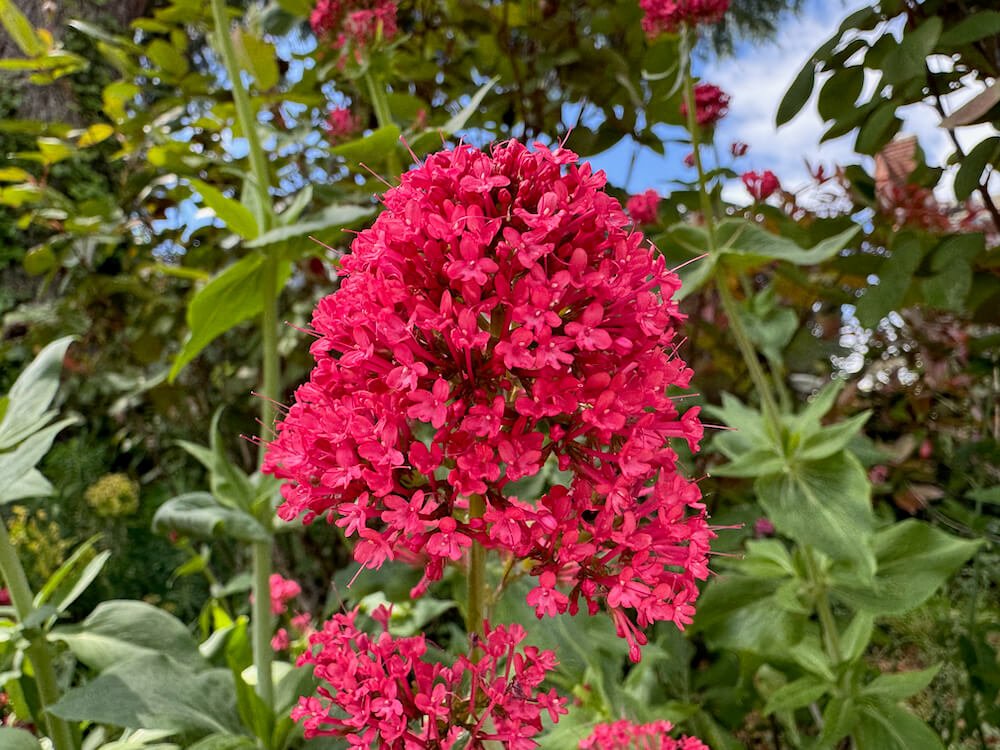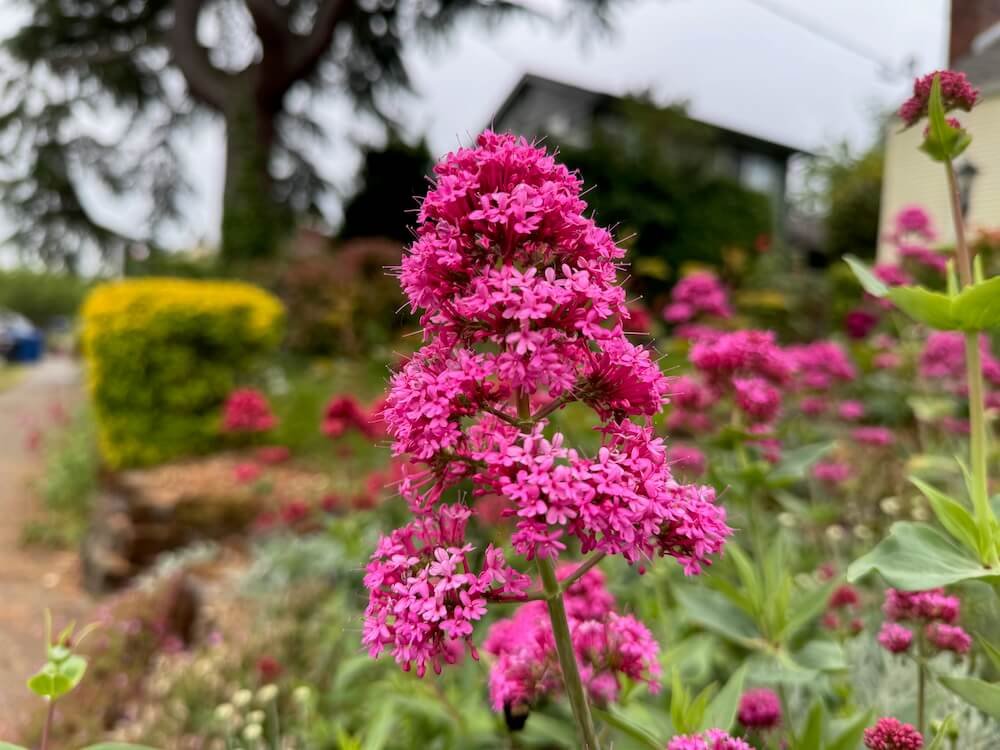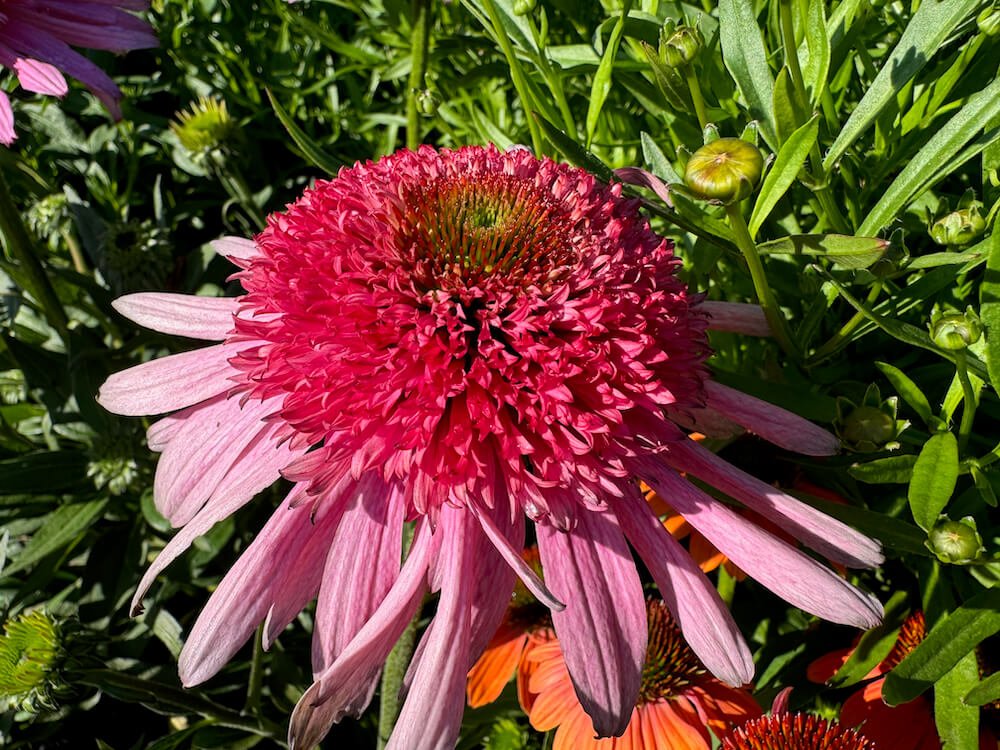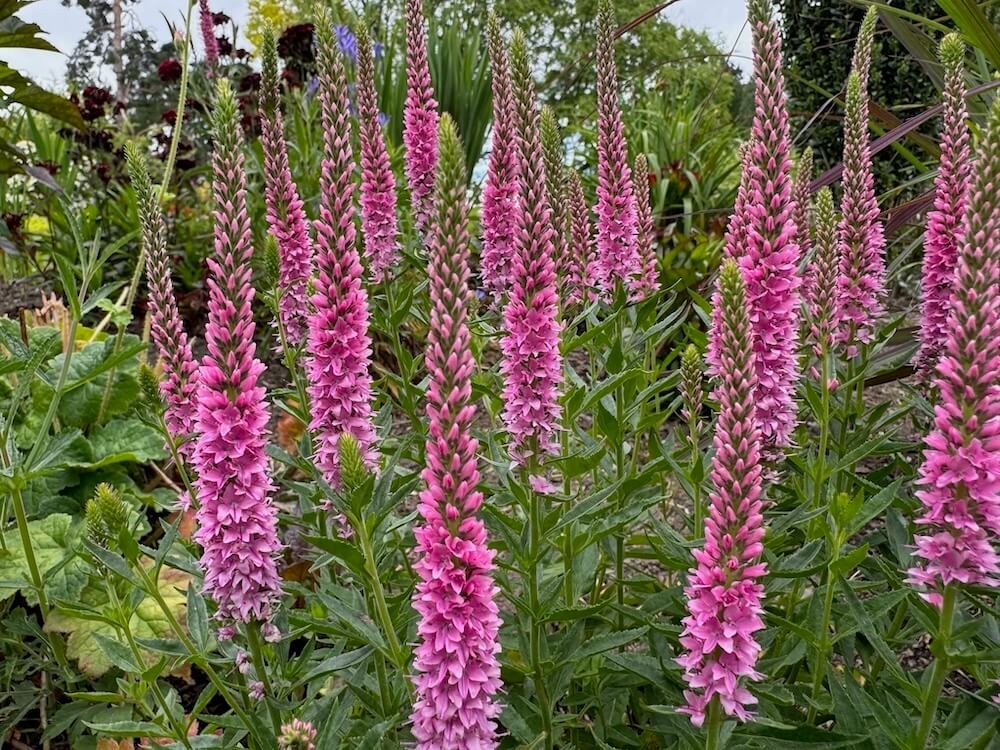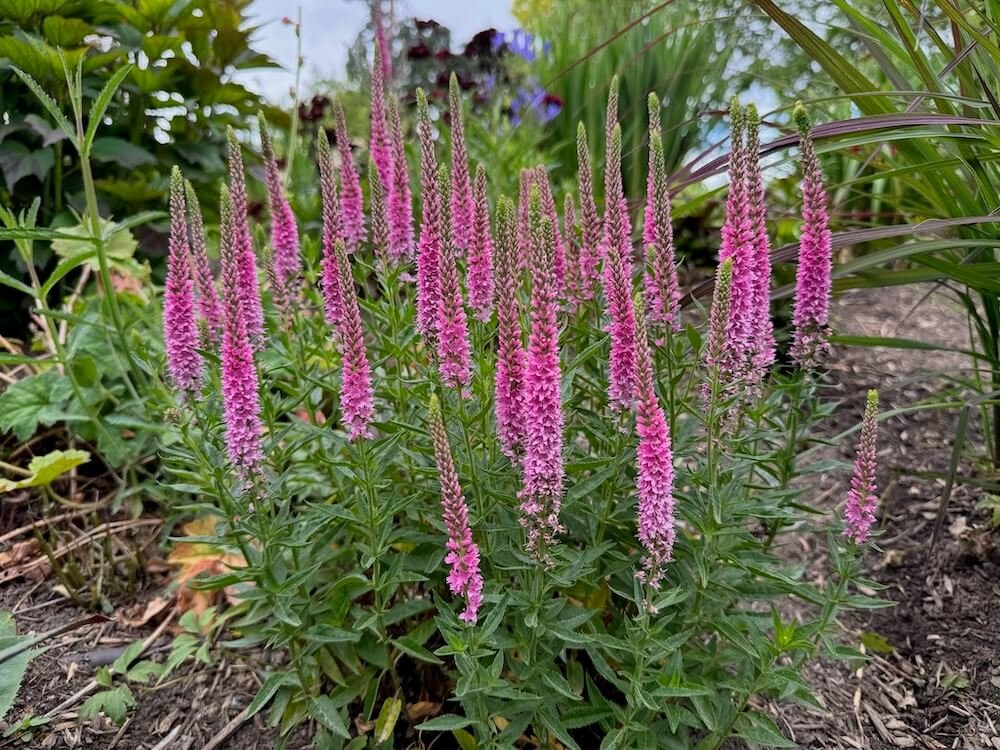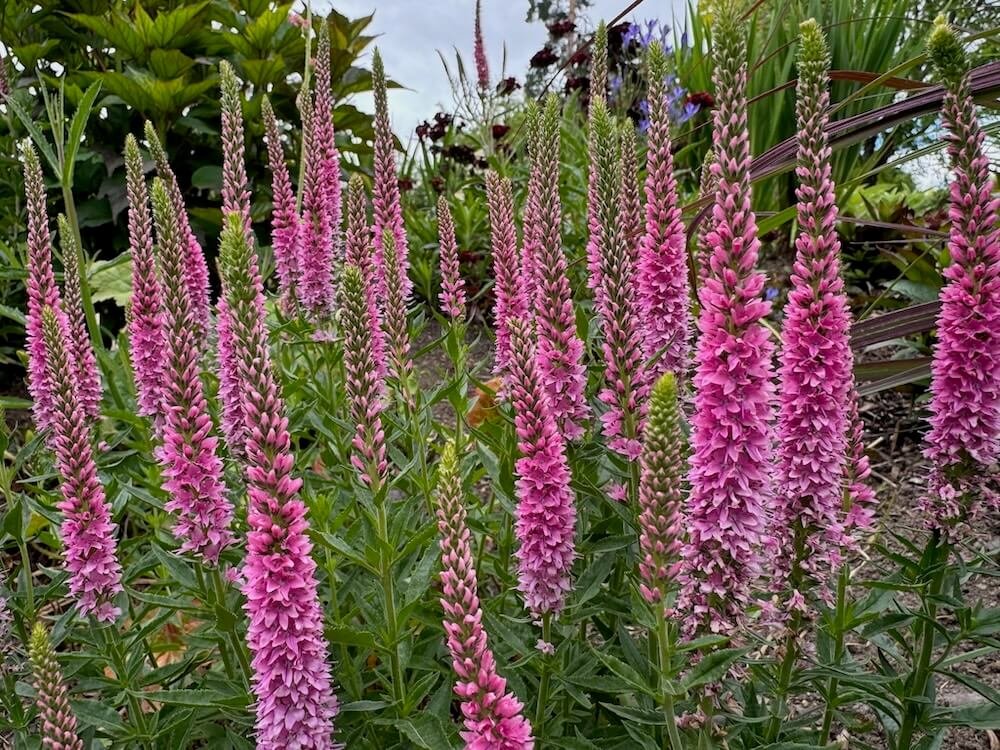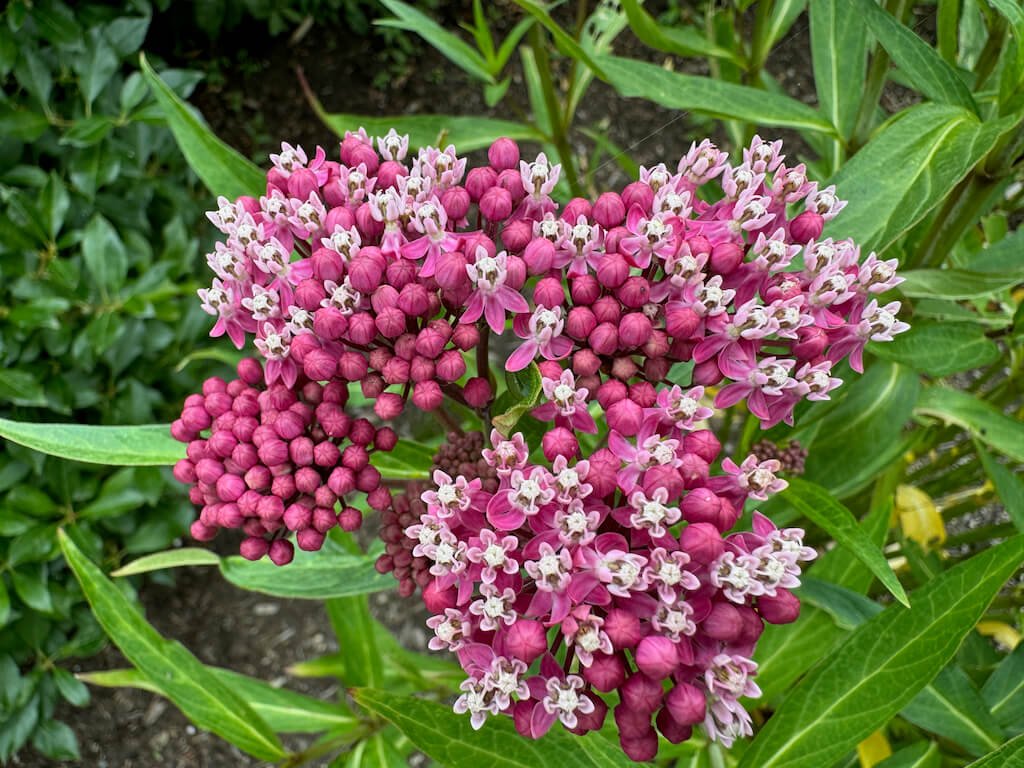 Image 1 of 3
Image 1 of 3

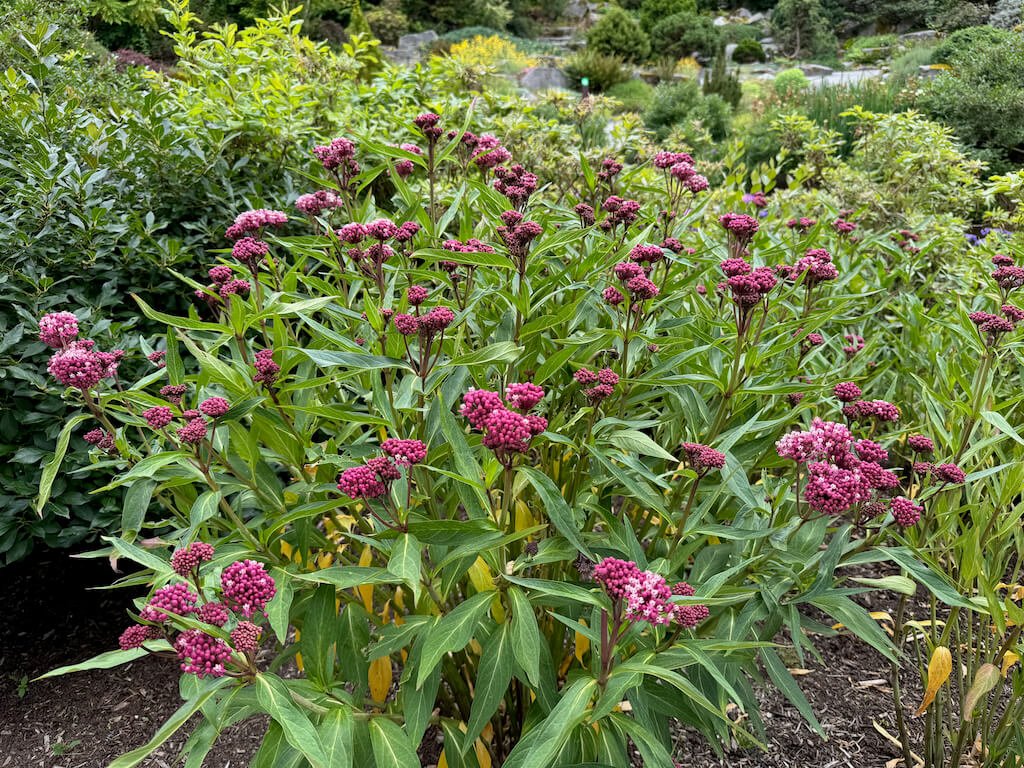 Image 2 of 3
Image 2 of 3

 Image 3 of 3
Image 3 of 3




Asclepias incarnata 'Cinderella' | Cinderella Swamp Milkweed
DESCRIPTION
Asclepias incarnata 'Cinderella' is a cultivated variety of the native Swamp Milkweed. Blooming from mid to late summer, it produces clusters of rosy-pink flowers with delicate white centers, each small bloom forming part of a larger, rounded umbel. These fragrant flowers are rich in nectar, making them highly attractive to pollinators like butterflies, bees, and hummingbirds.
Compared to the species, 'Cinderella' offers a more compact and uniform growth habit, with larger, more abundant flower clusters. It retains all the wildlife-friendly qualities of its parent plant, serving as both a nectar source for adult butterflies and a host plant for monarch caterpillars. The combination of showy, colorful blooms and ecological benefits makes 'Cinderella' a standout addition to pollinator gardens and naturalistic landscapes.
DESCRIPTION
Asclepias incarnata 'Cinderella' is a cultivated variety of the native Swamp Milkweed. Blooming from mid to late summer, it produces clusters of rosy-pink flowers with delicate white centers, each small bloom forming part of a larger, rounded umbel. These fragrant flowers are rich in nectar, making them highly attractive to pollinators like butterflies, bees, and hummingbirds.
Compared to the species, 'Cinderella' offers a more compact and uniform growth habit, with larger, more abundant flower clusters. It retains all the wildlife-friendly qualities of its parent plant, serving as both a nectar source for adult butterflies and a host plant for monarch caterpillars. The combination of showy, colorful blooms and ecological benefits makes 'Cinderella' a standout addition to pollinator gardens and naturalistic landscapes.
DESCRIPTION
Asclepias incarnata 'Cinderella' is a cultivated variety of the native Swamp Milkweed. Blooming from mid to late summer, it produces clusters of rosy-pink flowers with delicate white centers, each small bloom forming part of a larger, rounded umbel. These fragrant flowers are rich in nectar, making them highly attractive to pollinators like butterflies, bees, and hummingbirds.
Compared to the species, 'Cinderella' offers a more compact and uniform growth habit, with larger, more abundant flower clusters. It retains all the wildlife-friendly qualities of its parent plant, serving as both a nectar source for adult butterflies and a host plant for monarch caterpillars. The combination of showy, colorful blooms and ecological benefits makes 'Cinderella' a standout addition to pollinator gardens and naturalistic landscapes.
-
Family: Apocynaceae
Height: 3 to 5 feet
Width: 1 to 3 feet
Foliage color: Narrow, green leaves with lighter veins
Flower color: Vanilla-scented, rose-pink flowers in large, compact clusters
Bloom time: Mid-summer to early fall
Light requirements: Full sun
Water requirements: Prefers moist to wet soils
Maintenance: Low; deadheading can encourage a second bloom cycle
Growing zone: USDA Zones 3 to 9
Wildlife attractors: Attracts bees, butterflies (including monarchs), hummingbirds, and other pollinatorsThis plant can be seen at the Bellevue Botanical Garden.

